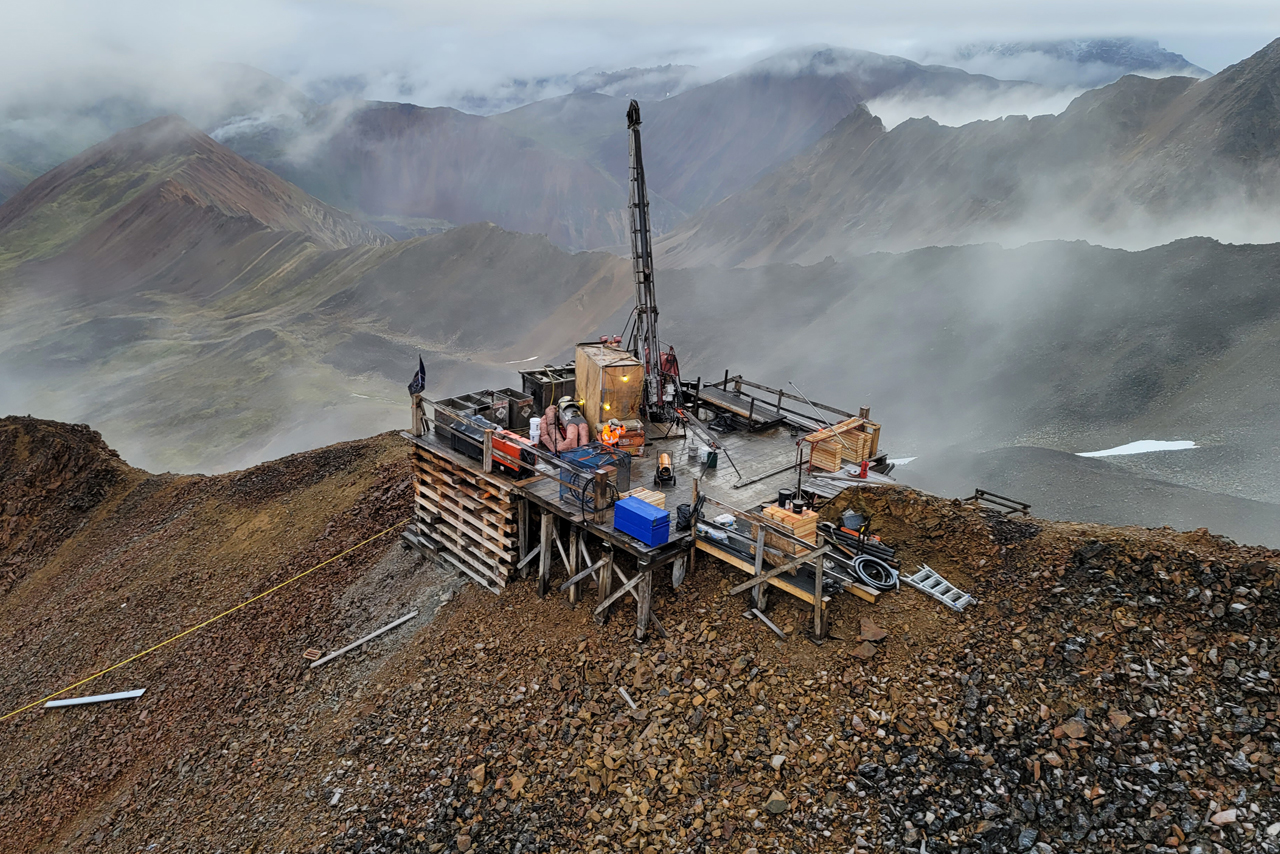“The information is out there for companies and consumers to leverage against regimes that promote and prop up exploitative labor practices,” Thea Mei Lee, deputy undersecretary for international affairs, wrote in the report’s opening statement.
The International Labor Organization estimates that 160 million child laborers and 27.6 million forced laborers are working in abusive conditions.
Among them are 40,000 children in the Democratic Republic of Congo who – according to the report – miss school and work to produce cobalt for lithium-ion batteries. The DRC supplies over 70% of the world’s cobalt.
“Entire families may work in cobalt mines in the DRC, and when parents are killed by landslides or collapsing mine shafts, children are orphaned with no option but to continue working,” the report reads. “Both adults and children are also trafficked to work in eastern DRC ‘artisanal’ mines, where much of the abusive labor conditions occur.”
Children as young as six years old have been seen hoisting 80-pound bags containing cobalt ore over their heads and carrying them to processing facilities. They work up to 12 hours a day—24 hours if they are underground.
The extraction of cobalt occurs at large-scale mining sites as well as artisanal and small-scale mining sites in the “copper belt” region of the Haut-Katanga and Lualaba Provinces. Artisanal mines – where conditions of child labor are more common – account for 15% to 30% of the DRC’s cobalt production. Once extracted, cobalt from small-scale operations tends to be mixed with that of large-scale mining and refined in preparation for export.
“Due to the prevalence of child labor in mining this critical mineral, the Department of Labor placed cobalt, specifically referred to as ‘cobalt ore (heterogenite),’ on its List of Goods Produced by Child Labor or Forced Labor in 2009. Over a decade later, child labor persists and is increasingly linked to the global supply chain of products made with cobalt, including lithium-ion batteries that power our smartphones, laptops, and electric cars,” the dossier states. “Cobalt ore is heavily concentrated in one country, the DRC, and the import market is dominated by one country: China.”
The DoL’s document points out that, in 2020, China imported 89.4% of its cobalt from the DRC, amounting to $2.17 billion. Once imported, the metal is further refined and integrated into battery chemicals.
“The line of ownership is clear in the supply chain at this stage, as China owns or finances most cobalt mines in the DRC, and China imports almost 90% of its cobalt from the DRC,” the dossier notes. “Chinese companies use cobalt tainted with child labor to manufacture battery components, such as cathodes, which in turn are used to make lithium-ion batteries. Sources estimate that at least half of all cobalt ends up in rechargeable batteries. This creates enormous labor risks for the electronics industry, electric vehicle supply chains, and other goods that depend on lithium-ion batteries.”
One of the main conclusions in the report is that as the world is shifting toward generating clean and renewable energy, it is important for companies to track the cobalt supply chain by acquiring knowledge of trade data, supplier information, transport routes, and processing steps.
Demanding such information and conducting their own research, will give companies “fewer excuses—such as the distance between raw materials and the finished product or supply chain complexity—to point to their lack of accountability in determining if a supply chain is tainted with child labor or forced labor,” the reports states.




